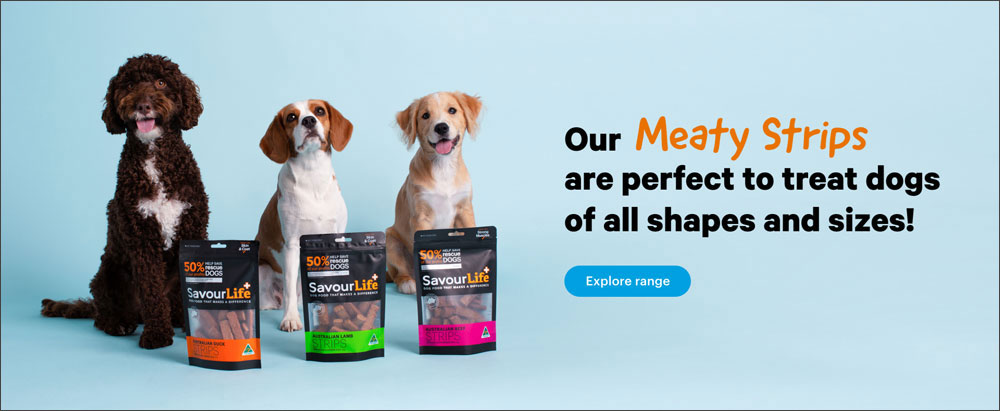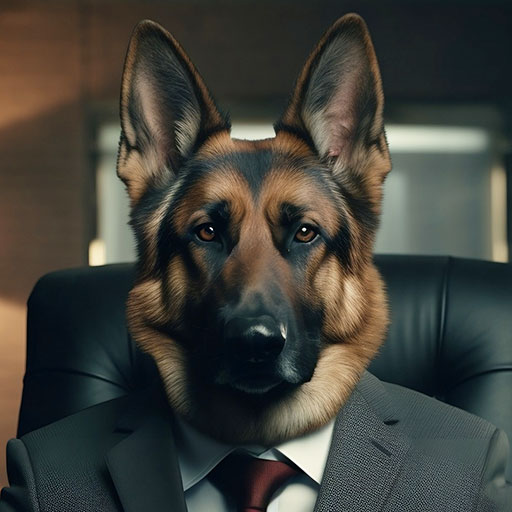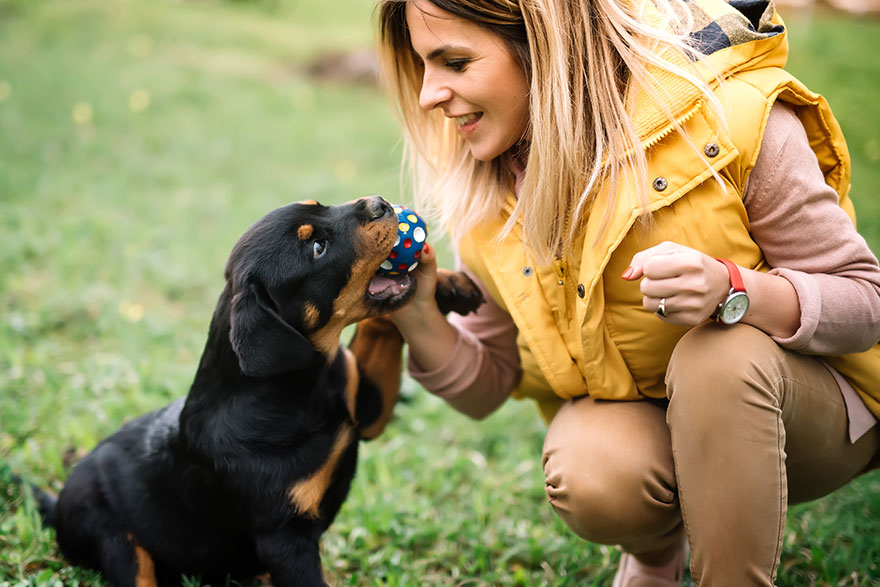
Release Command (Dog Training Command 12)
- Share
- Share
- Share
- Share
How to Teach Your Dog to Release Toys Using The ‘Release Command’.
With the previous article, we discussed the ‘Drop Command’, the reasons why it’s important to use and how to go about training your clever dog to ‘Drop’ and object from their mouth at your feet on command.
This next command is a simple variation, but instead of the object being dropped on the floor, you’re going to train your dog to gently release their grip on the object, once you have hold of it too.
It’s worth recapping to say that although it may seem instinctive to you, never pull a toy (or anything else) from a dog’s mouth or grab its head to try to remove something from his/her grasp. Likewise, never try to pry open a dog’s jaws, even if you have a small breed fur baby or they’re still a puppy. This will send the wrong message, making the action seem like either a game or punishment. This can then cause your dog to hold the item more tightly, or worse if a smaller object, swallow it.
So, this obedience training article for dogs will teach you how to train your dog to gently release his/her grip on the object, effectively handing it over to you using the ‘Release Command‘ by applying the same positive reinforcement training techniques we used for the command ‘Drop’.
The following list is again what we recommend you have handy for this dog training command session:
- Small sized, soft treats that are very tasty
- Clicker
- Collar
- Training Leash, 5-10 Metres (16-32 Foot)
- Small quiet space with no distractions
- Assorted toys to use
If you don’t have, or prefer not to use a ‘clicker’, you can substitute it by using the word ‘Yes’.
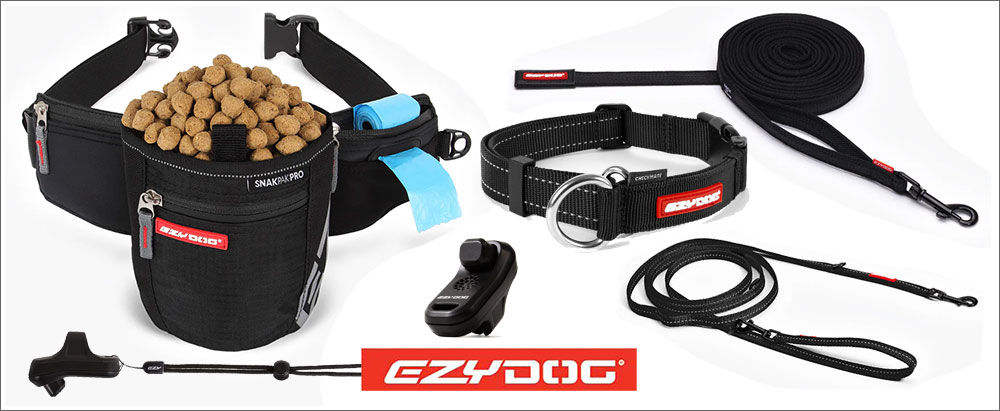
Dog training essentials available from Ezydog Australia
Steps to Teaching the ‘Release Command’
The secret to training your dog to release items, is to make it all about giving up one object for another. To start with you’ll be giving the original object back again. Although, not with something dangerous, this teaches your dog that ‘Release’ is a double bonus. They get a tasty treat/reward for releasing the item, plus they get to play with the item again. This procedure makes handing it over very enticing, especially for puppies and food motivated pooches.
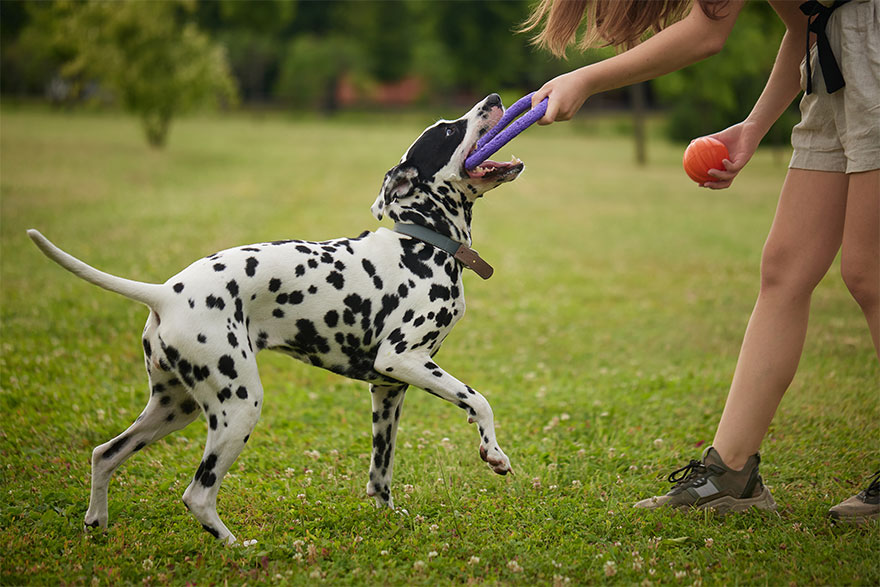
Here are the steps for training ‘Release’ using treats:
1/ Offer your dog a toy. It should be something they have an interest in but not their favourite. You want to make it as easy as possible for them to give it up
2/ Let him/her play with the toy for a few seconds
3/ Place a tasty treat in front of your dog’s nose. If you choose a low value toy and an exciting treat, your dog will be happy to release their grip on the toy in exchange for the food. While calmly holding the toy too, or placing an open palm under the toy, when your dog lets go, ‘mark’ with your ‘clicker’ or say ‘Yes’ and give lots of verbal praise, then give your dog a treat
4/ While your pooch is distracted, munching the treat, hide the toy behind your back
5/ Once your dog is finished eating, show the toy again, then repeat the process
6/ When you know that your dog will let go of the object as soon as you show the treat, you can now add the verbal ‘Release Command’ by saying simply ‘Release’
7/ After practicing this for say 5 times, try giving the command without showing the treats. If your dog immediately let’s go of the item, ‘Mark’ the good behaviour by saying ‘Yes’, give lots of praise (Good boy/girl), then provide a jackpot reward by feeding him/her several treats in a row to convince them how much fun this game is.
If your pooch doesn’t let go of the item without seeing the treats, try waiting a second between saying ‘Release’ and showing the treats. Then slowly, increase the time with each repetition, until your dog understands he/she has to give up the toy before they get rewarded
Summary of How To Teach Your Dog The ‘Release Command’
Consistency, practice and patience are the keys with all dog training. It’s also important not to keep repeating the command. You should aim to say it once to have your four-legged friend let go of what they have in their mouth, effectively ‘handing it over to you’.
Some dogs that aren’t overly motivated by food treats (rare) will almost certainly take to cooked chicken pieces. However, I would strongly suggest finding a commercial option that works because apart from the expense, chicken is messy and doesn’t last very long out of a sealed container in the fridge. There are many brands and flavours to choose from these days, and many are made with healthy natural ingredients. I would also suggest using and rotating several different types, so your dog doesn’t become a Primadonna, accepting only one, which could become discontinued.
As I included in the list above, using a training leash of between 5-10 metres is ideal to use if your dog is prone to running away with the toy. These leashes are used extensively for ‘track and trace’ dog training disciplines so are readily available.
Most pet shops, which you can find near you, listed on Pet Directory will have these in stock.
Having trouble, or have a question about getting your dog to ‘hand over’ items to you when commanded?
Leave a comment for ‘Bear’ below and he’ll be happy to answer it for you, especially if you get his attention by using his name.
We at PetsBook also recommend getting out with your dog and join a training course.
Pet Directory has many local dog training businesses listed near you with experienced and accredited dog trainers ready to help you with dog obedience and dog command training.
For dogs that exhibit signs of ‘resource guarding’, I’d suggest discussing the problem with a local pet behaviourist near you, which you’ll also be able to find on PetsBook’s Pet Directory.
» List of Dog Training Commands
- Cat Behaviour & Training 1
- Cat Care 1
- Cat Health 1
- Cats 3
- Dog Behaviour & Training 38
- Dog Care 1
- Dog Grooming 2
- Dog Health 1
- Dogs 42
After A Product or Service for Your Pet?
PetsBook's Pet Directory is the easy way to find everything you need to take care of your 'fur baby'.
ABN: 97 675 528 953


